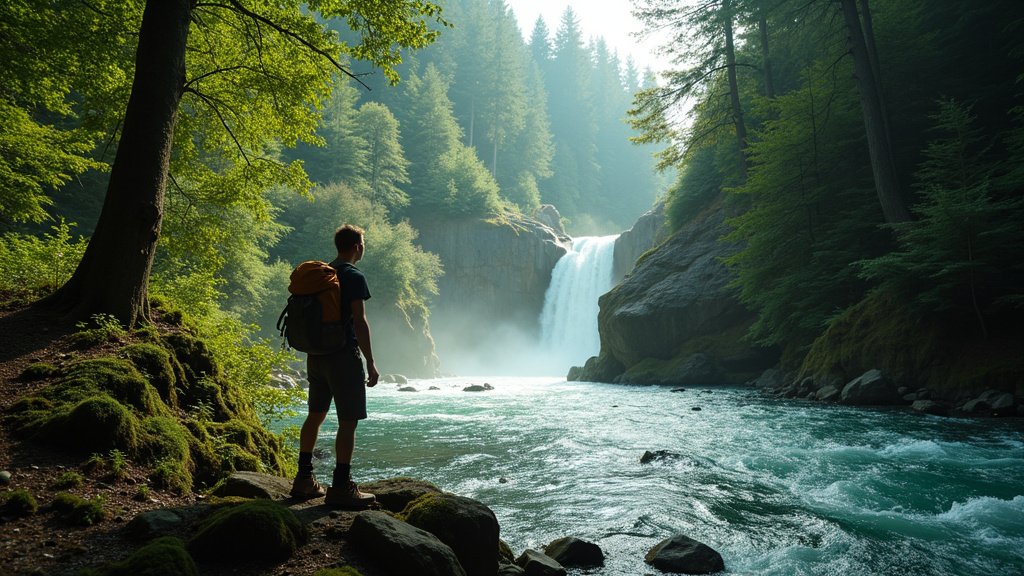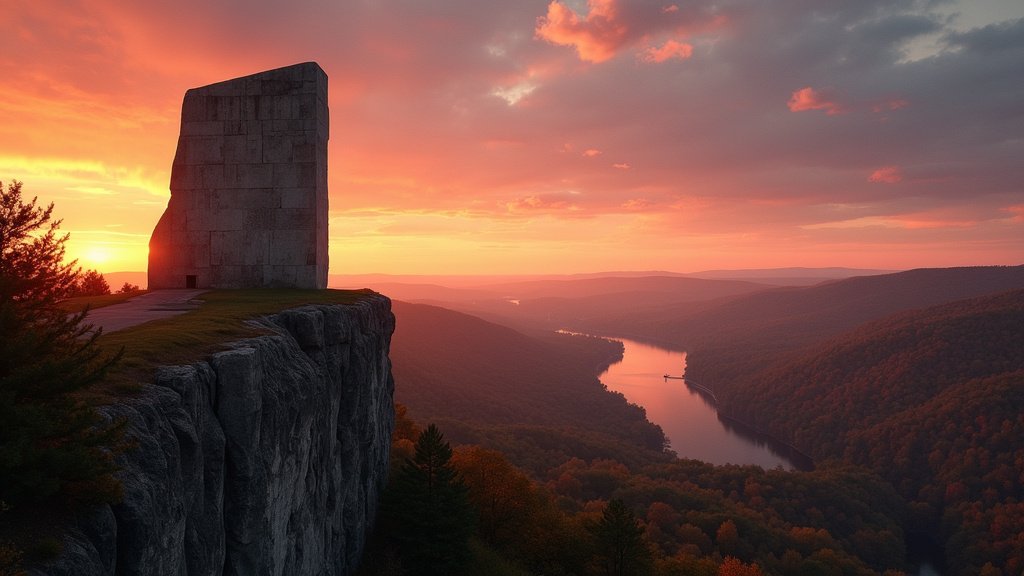Oregon Wild has released a new hiking guide designed to encourage exploration, appreciation, and advocacy for Oregon’s rivers. The guide features 20 specific streamside hikes, with suggestions for 16 more, offering opportunities for outdoor enthusiasts to connect with the state’s waterways. The initiative underscores the critical importance of river protection, particularly in the context of ongoing efforts to safeguard these vital resources.
The Significance of River Protection
The article stresses the importance of safeguarding Oregon’s rivers, highlighting the ecological, recreational, and economic value they provide. Rivers support diverse ecosystems, serve as sources of drinking water, and offer opportunities for recreation, contributing significantly to the quality of life and economic vitality of the state. The guide aims to educate the public about these benefits and inspire action to preserve them for future generations.
The River Democracy Act: A Key Legislative Initiative
A central focus of the article is the River Democracy Act. Introduced by Senator Ron Wyden in 2021, this act represents a significant legislative effort to protect Oregon’s rivers. The proposed legislation seeks to designate an additional 3,215 miles of rivers as Wild & Scenic Rivers. This designation would provide enhanced protections for these waterways, ensuring their preservation for future generations.
Protective Measures Outlined
Crucial to the River Democracy Act are the measures it proposes to protect designated river segments. The act calls for the establishment of a protected buffer zone of ½ mile on each side of the designated river segments. This buffer is intended to provide multiple benefits, including enhancing recreational opportunities, safeguarding critical habitats, protecting drinking water sources, and preventing development that could damage the rivers’ integrity. These protections are seen as vital in the face of growing threats to public lands and waters.
Recreation and Habitat Preservation
By providing streamside hiking experiences, the guide directly ties recreational enjoyment to the conservation of river ecosystems. The hikes described within the guide offer opportunities to witness the beauty and natural diversity of Oregon’s rivers. The act’s protective buffer helps to preserve critical habitats by reducing human impact, helping native species to thrive, and ensuring that the rivers continue to support a range of ecological functions. Safeguarding these habitats is fundamental to maintaining the health and resilience of the river ecosystems.
Addressing Threats to Public Lands
The article also highlights the context of ongoing challenges to public lands and waters. The focus on the River Democracy Act and the broader effort to protect rivers takes place against a backdrop of potential threats to these resources. By encouraging public awareness and engagement through initiatives such as the hiking guide, Oregon Wild aims to build support for conservation efforts.
Community Engagement and Advocacy
The launch of the hiking guide is designed to foster a sense of connection to Oregon’s rivers and promote active participation in their protection. By encouraging people to explore and enjoy these natural areas, the guide aims to cultivate a broader base of support for conservation initiatives. This engagement is seen as crucial for the long-term preservation of Oregon’s waterways.
Conclusion
The new hiking guide from Oregon Wild represents a strategic effort to connect people with their rivers, fostering a sense of stewardship and promoting conservation. By highlighting the importance of river protection and supporting legislative initiatives like the River Democracy Act, the guide aims to play a key role in safeguarding Oregon’s rivers for future generations. The emphasis on hands-on experience and community engagement reinforces the organization’s commitment to inspiring action and promoting responsible environmental practices.




